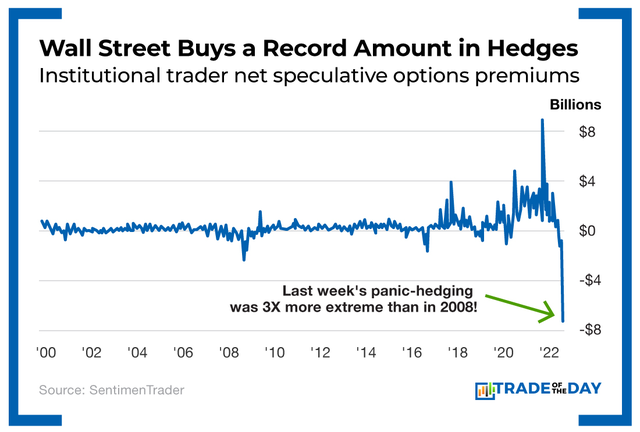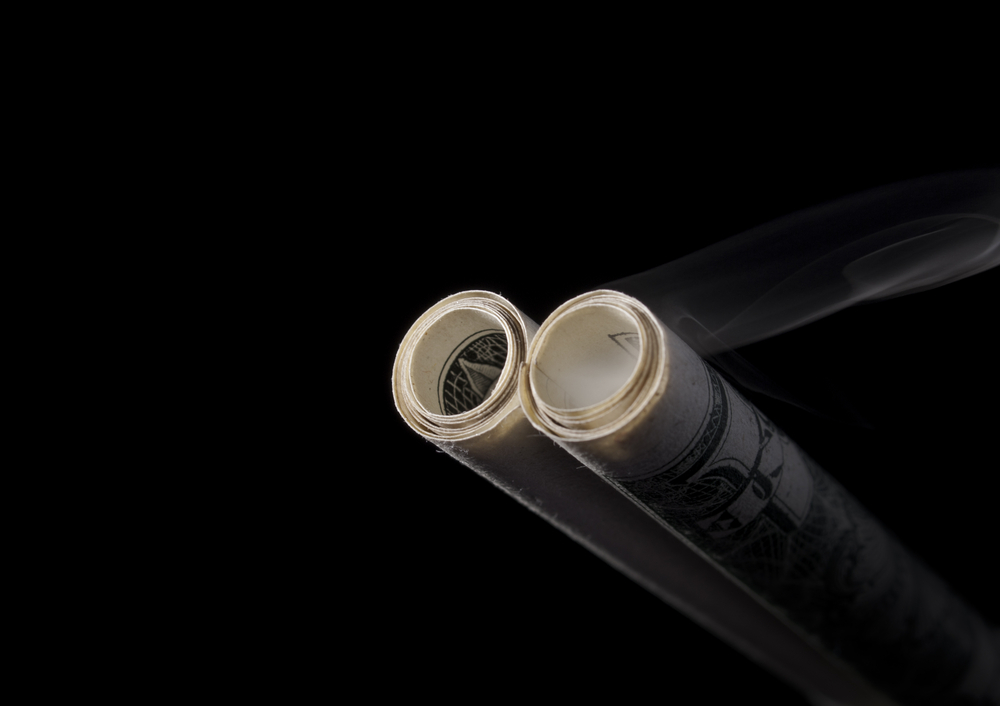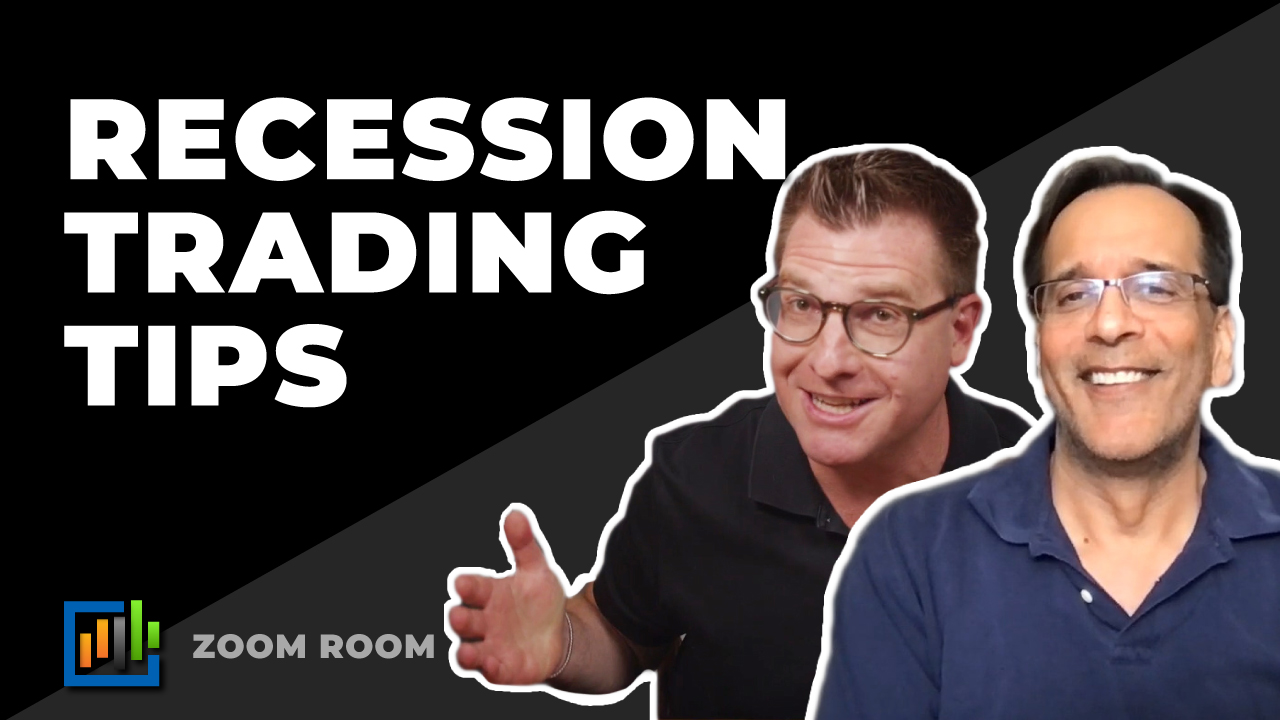| Here's your chance to do a trade called a strangle. It's one my partner, Bryan Bottarelli, does all the time around earnings. And I use it as well around big announcements. When opening a strangle trade, you are betting both ways by using options. You buy a put option (betting the underlying security will go down), and at the same time, you buy a call option (betting it will go up). The key is how much you pay. You have to expect that the move in one direction or the other is dramatic enough to cover the cost of both your options and more. A strangle is when you buy an out-of-the-money put and an out-of-the-money call (it's cheaper than an at-the-money option). In this case, you would look to the S&P 500 or Nasdaq 100 options that expire on September 23, two days after the meeting. You could use either the SPDR S&P 500 ETF (NYSE: SPY) or the Invesco QQQ Trust (Nasdaq: QQQ), which tracks the Nasdaq 100 Index. Use the one that is cheapest, as both will usually react by the same percentage - although the Invesco QQQ Trust usually has an edge. You would balance the position by buying a put and a call on each ETF so that if you get a move higher or lower, you're in the game. Placing a one-way bet could mean a bigger payoff - but only if you get the direction right! Playing a strangle allows you to win if you get a big move in either direction. YOUR ACTION PLAN We may do such a play in The War Room the week of the announcement. And we might enter it before if we want to see whether there will be an early arrival of the market's jitters or euphoria. It's the type of play we do over and over again. One member even used the gains from such a play to buy his daughter a car! Learn more about this powerful trading technique here. | 











No comments:
Post a Comment